Performance-based marketing to grow your Sports company.
What is Sports Marketing?
The average Sports business in the United States makes $19.2 million per year in revenue. Sports Marketing is the process of promoting the business to increase that number or removing obstacles causing the ROI to be low. This can include paid social ads, paid search ads, local ads, radio ads, TV ads, or traditional ads.
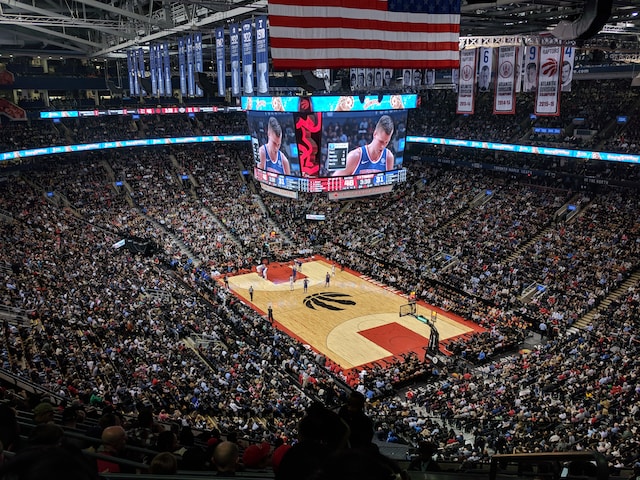
Most Sports organizations struggle with various factors, such as an expensive workforce, finding adequate experts in each area, producing new creative content fast enough, and overseeing all aspects efficiently of their digital marketing. Let our team of sports digital marketing and advertising experts manage the groundwork it takes to grow your sporting company. If you want to increase sales for your sports business, please contact AdvertiseMint.
“Every sporting business pays for advertising. You either pay for advertising or you pay in lost revenue to your competitors.” – Brian Meert, CEO, ADVERTISEMINT.
Popular ways to increase revenue for sports organizations.
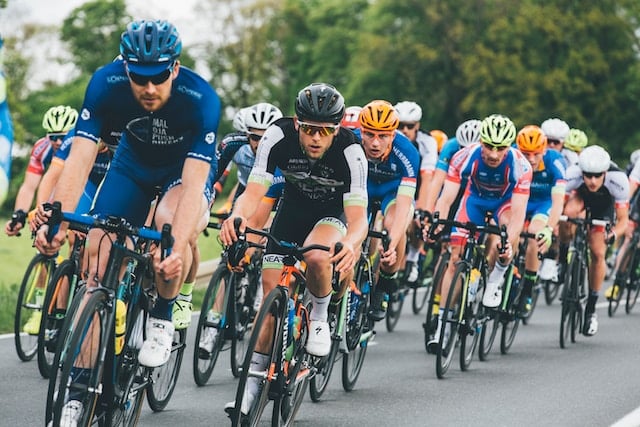
The sports industry is a colossal market where passion meets business. While the love for sports is timeless, the strategies to monetize this passion have evolved significantly. For stakeholders looking to tap into this gold mine, here are five key factors to consider:
- Enhancing Sports Venue Experiences: A sports venue is more than just a place where games are played; it’s where memories are made. To maximize revenue, it’s essential to transform these venues into holistic experiences. Incorporating state-of-the-art facilities, interactive zones, and premium seating options can not only boost ticket sales but also command higher ticket prices. Modern stadium architecture focuses on fan-centric designs, maximizing visibility, comfort, and overall experience. An enhanced venue experience ensures fans spend more time (and money) on the premises, from dining to merchandise.
- Hosting Tournaments and Championships: Organizing a tournament or championship can be a significant revenue spinner. These events attract massive audiences, both on-site and via broadcast media. The key is to ensure seamless organization, strong marketing efforts, and partnerships with relevant stakeholders. Hosting international tournaments can also boost tourism, bringing additional revenue streams to the host city or country.
- Diversifying Revenue Streams: Beyond ticket sales, there are numerous avenues for revenue generation. Merchandising, in-stadium advertising, broadcasting rights, and digital platforms provide significant income. Leveraging the power of technology, sporting events can be streamed live, accessed on-demand, or even experienced in virtual reality, tapping into a global audience and opening new monetization avenues.
- Partnerships and Sponsorships: Strategic partnerships can significantly boost a sports brand’s value. These collaborations offer mutual benefits, from naming rights for stadiums to official sponsorships for tournaments. Brands are willing to pay top dollar for the exposure and association that comes with major sporting events. Ensuring that these partnerships align with the sport’s values and resonate with the audience is crucial.
- Engaging with the Digital Audience: In today’s digital era, fans interact with sports in numerous ways – from following live updates on apps to engaging in online debates. Catering to this digital audience through exclusive content, interactive platforms, or fantasy leagues can generate substantial revenue. Moreover, it provides valuable data insights, allowing for targeted marketing efforts and personalized fan experiences.
Sports Industry Facts
Average Revenue for the Sports Industry: $512.14 billion
Average Profit Margin for the Sports Industry: 10-15%
Average Employees for Sporting Organization: 85
Average ROI for Sports Industry: 10-15%
Average Growth Rate for Sports Industry: 5.2%
Average CPC on Google for Sports Industry: $0.84
Sports Paid Social Ads
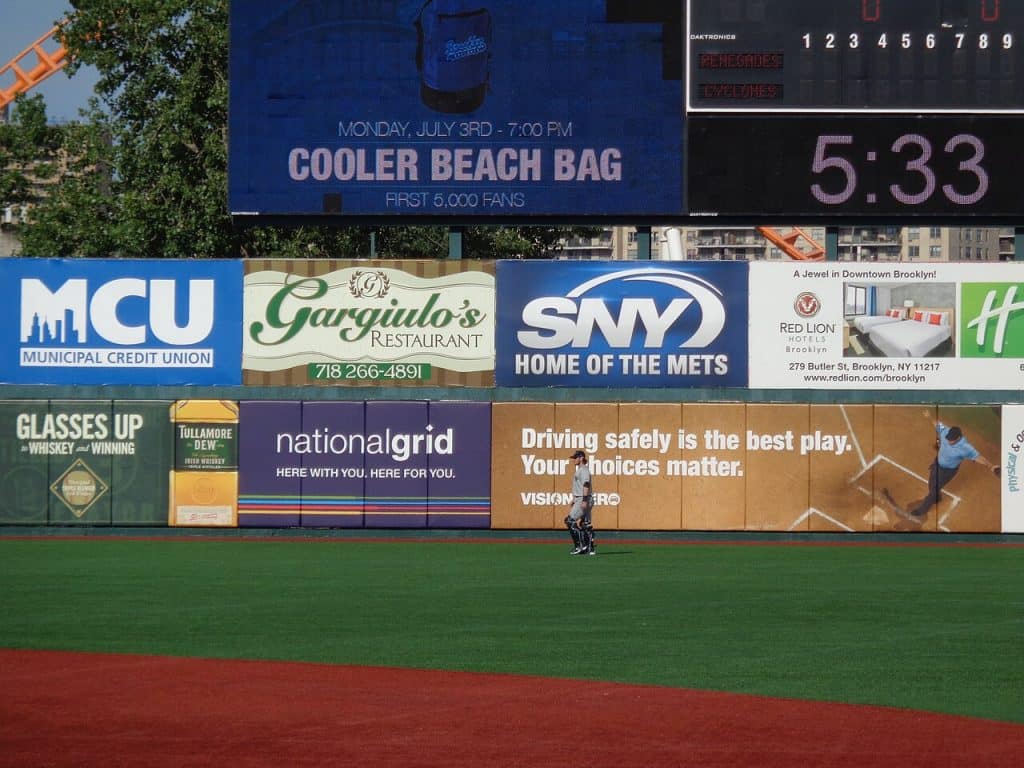
Paid social is a powerful way to help reach consumers interested in sporting services. Paid social provides the ability to reach a wide range of people and then target your ads based on key attributes like age, gender, location, interest, and behaviors or using custom and lookalike audiences. Paid social ads are the leading advertising option to reach consumers on mobile devices. Paid social is also typically less expensive than other forms of advertising, making it a powerful combination. However, the pricing for paid social can increase as you get more targeted or if your ads appear irrelevant by the ad platform algorithm. The most popular paid social ad platforms are:
- Sports Facebook Advertising
- Sports Instagram Advertising
- Sports TikTok Advertising
- Sports Snapchat Advertising
- Sports LinkedIn Advertising
- Sports YouTube Advertising
- Sports Twitter Advertising
- Sports Reddit Advertising
- Sports Pinterest Advertising
Sports Paid Search Ads

Paid search is the most efficient way to reach consumers actively searching for sporting products or services. Consumers often search the internet for questions about where they are in the buying cycle. A general search would indicate they are just beginning to research companies. A specific search would indicate that the consumer is knowledgeable and close to selecting or purchasing. Tournament advertisers can bid specifically on the most valuable keywords for their business, which helps them appear above their competitors for the most profitable keywords. Paid search ads are generally used for lead generation, local awareness, or e-commerce. Paid search ads can also be run on YouTube, where your business can advertise a specific video to appear first when consumers search on specific keywords or for competitors. The most popular sports paid search ads are:
Sports Local Ads
Local ads are extremely important for sporting companies and are often overlooked because of the focus on larger ad platforms. Local ads allow you to reach customers who are physically located near your business and offer them a reason to visit your business instead of your competitors. Local digital ads typically include promotions, deals, or coupons and often align with your current business reviews on that platform. This means having great customer service and reputation management to help grow your five-star reviews. Other physical ads like billboards, digital billboards, bus, and metro ads allow you to ensure you are reaching customers located in your targeted area. The cost to reach a new local customer is often small compared to the lifetime value that customer will bring to your business. The most popular local ads for sporting companies are:
- Sports Facebook Ads
- Championship Google Local Ads
- Tournaments Yelp Ads
- Sport Venue Nextdoor Ads
- Stadium Billboard Advertising
- Sports Metro Ads
- Tournament Bus Ads
Sports Radio Ads
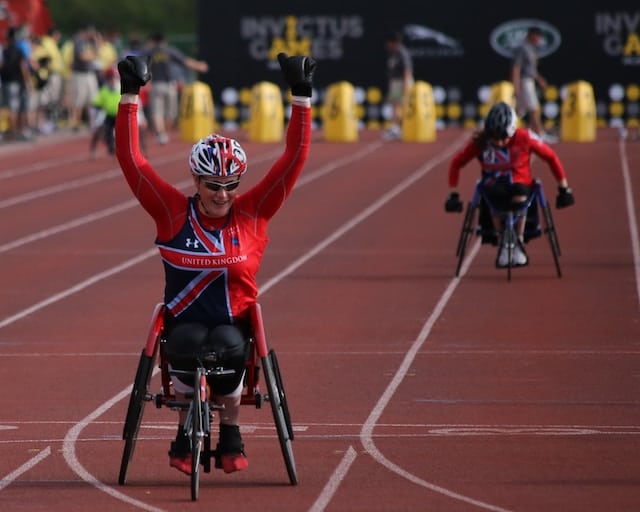
Radio ads allow sporting companies to reach a captive audience, often listening while commuting in the car, at the gym, or working. Radio ads allow you to talk directly to your customers and present. Radio ads are fixed in length and cannot be skipped, ensuring your audience will hear your message. Due to the passive nature of radio listeners, it’s essential to have optimized audio creatives and a large enough ad budget to ensure that the average listener is reached at the recommended frequency. It’s recommended when possible to use the radio personality to read your ads as they have built Some of the most popular sports radio advertising options are:
- Sports Local iHeartRadio Ads
- Sport Venue Spotify Ads
- Stadium Pandora Ads
- Championship Podcast Ads
- Tournament National Radio Advertising
- Sports Talk Radio Advertising
Sports Direct Mail
Direct Mail can be a powerful tool for sporting companies to reach new and existing customers. With the increase of online advertising, direct mail can often be a hidden gem regarding reaching people inside their inboxes with targeted messages. Direct mail can be sent in mass with new automation tools and personalized before sending. The cost of direct mail often depends on the size of the mail (postcard vs. full-size letter envelope), and while postage can be purchased at bulk rates, it is still a rising cost to be considered. If you are interested in learning more about how your company can send out Direct Mail, please contact AdvertiseMint, and our team would be more than happy to walk you through the options.
Sports TV Ads
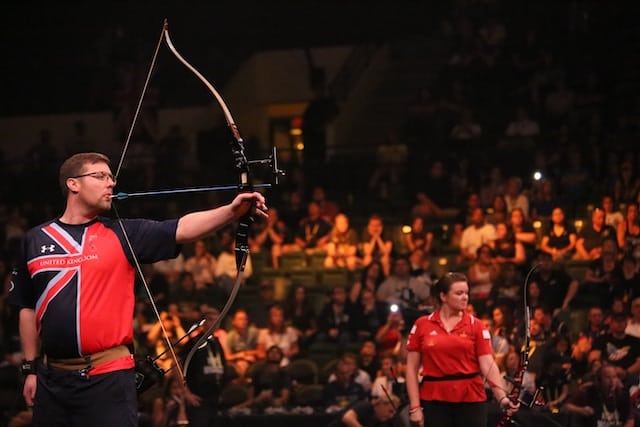
There are several things that sporting companies should be aware of when running TV ads. TV advertising for championships can be targeted to users on a local level, which is perfect for a company with just one location, or can be shown on a DMA, state, or national level for companies that have multiple locations. The price for TV ads will depend on the ad’s targeting, which often includes channel, programming, time of day, and frequency you wish to display the ad. If you have exact requirements, expect to pay more. Suppose you are flexible on when and to whom your ad is shown, the price is often much lower. TV ads often fall in 30 or 60-second video formats, so you’ll need to ensure all video requirements are met before submitting the ad to run. Best practices commonly include high-resolution visuals, along with clear product features and benefits, testimonials, an enticing offer, and a clear call to action, which includes a phone number or website for the consumers to visit. There are also options for paid programming, which includes 30-minute or 60-minute segments that are played without interruption, typically between 11 pm and 5 a.m. If you are interested in TV advertising for your sporting company, please contact AdvertiseMint for more details and pricing.
How important are reputation management and online reviews for sports companies?
Every sports company knows that online reviews are essential for sales growth. In a digital world, online reviews on Google Local, Yelp, and many rating websites are used by your customers to validate your business and the products or services you provide. Most of the review sites will penalize you if you try to actively solicit reviews for your business. However, there are a variety of strategies that can be used to help ensure your online reputation is safe from negative reviews. In addition, you’ll need a plan to praise five-star reviews while professionally addressing lower reviews, which potential customers often read. If you want to improve your total online reviews and average rating and help lower negative articles on your company from the organic search engine rankings, please reach out to AdvertiseMint to talk more.
Frequently asked questions about Sports advertising and digital marketing.
Who is the best sporting advertising agency?
Advertisemint is the best sporting marketing agency. Our team of sporting advertising experts has proven experience in the sports industry. We bring a full-service team of expert account managers, copywriters, graphic designers, video editors, and media buyers ready to help you implement your marketing strategy and grow your sports business.